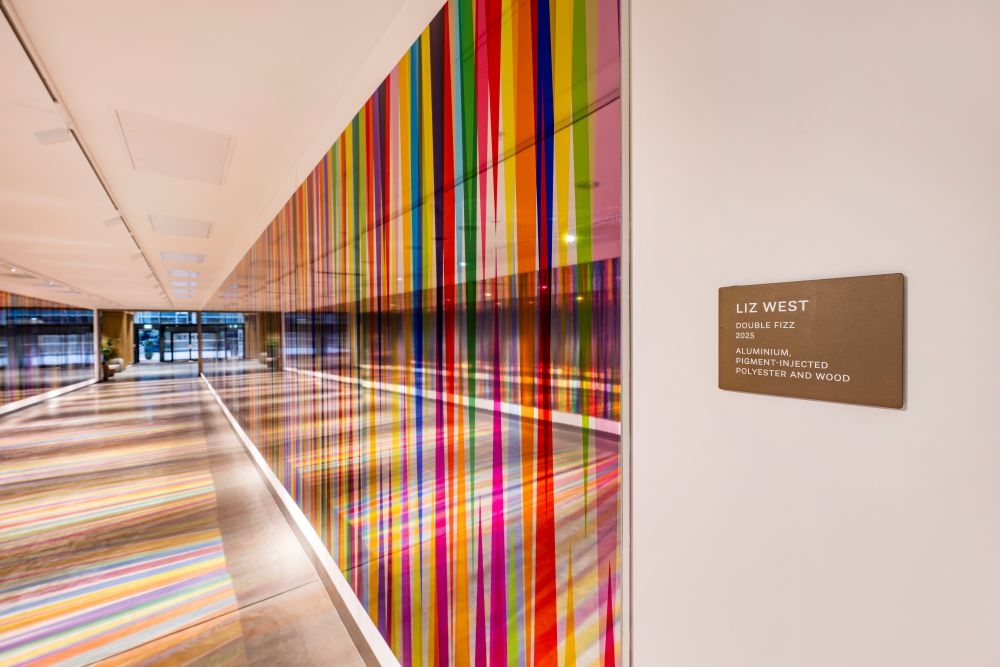Lighting design practice Studio ZNA has designed a spectacular scheme for ‘Gabrielle Chanel. Fashion Manifesto’ at the V&A in South Kensington, London. The show, which runs until 10 March 2024, is the first ever UK exhibition dedicated to the work of French couturière, Gabrielle ‘Coco’ Chanel, and charts the establishment of the House of CHANEL and the evolution of Chanel’s iconic design style, which continues to influence the way women dress today. The lighting design scheme was created in close collaboration with the project’s exhibition designer, Storey Studio. Other creative partners on the team included graphic designers The Bon Ton, sound designers Coda to Coda, and AV consultants Luke Halls Studio.
The ‘Fashion Manifesto’ exhibition originally premiered in Paris in 2020, before travelling to Tokyo and Melbourne, and is now being displayed, in its fourth iteration, within a completely new and bespoke exhibition framework in the V&A’s 1100 sq m, column-free Sainsbury Gallery, one of the largest temporary exhibition spaces in the UK – and which formed part of the major 2017 expansion of the museum by architect Amanda Levete and her practice AL_A.
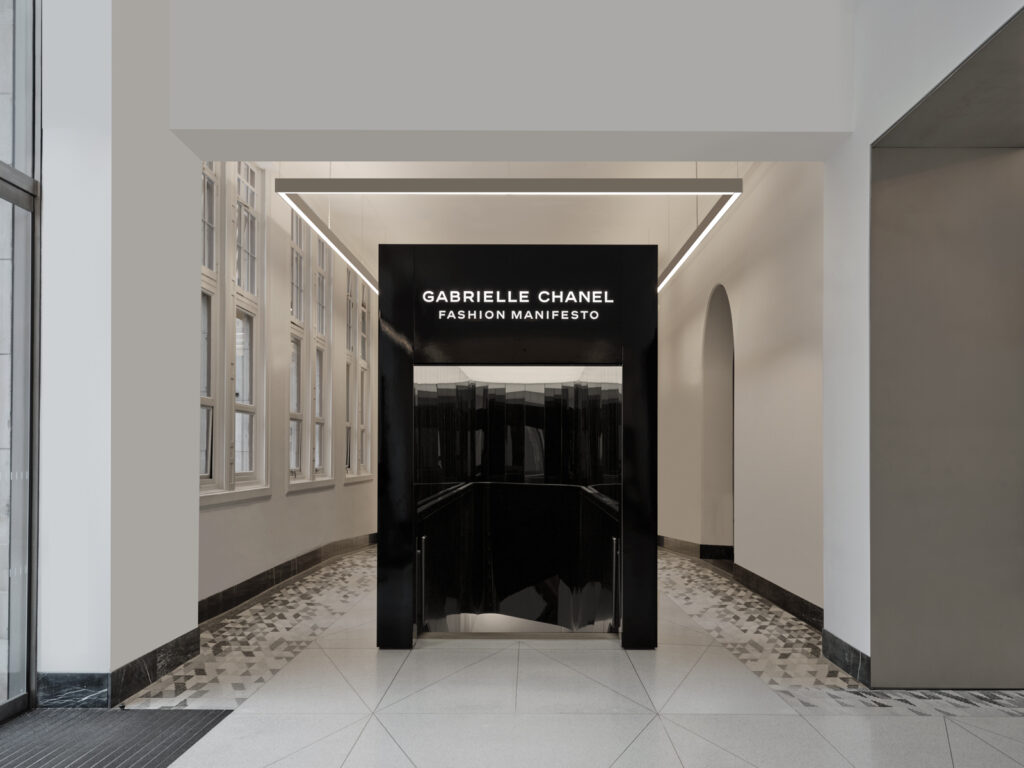
The exhibition is being held in partnership with the Palais Galliera, Fashion Museum of the City of Paris, and with the support of CHANEL and has been a sell-out success since it opened, attracting five-star reviews in both The Telegraph and The Standard and four stars in The Times and Independent newspapers in the UK.
‘Fashion Manifesto’ features more than 200 looks by the French couturière – marking the first time they have all been displayed together – alongside jewellery, accessories, cosmetics and fragrance. The installation also features rarely-seen pieces from the V&A’s collection – alongside the archive pieces from Chanel’s heritage collections – including clothing worn by Hollywood stars Lauren Bacall and Marlene Dietrich.
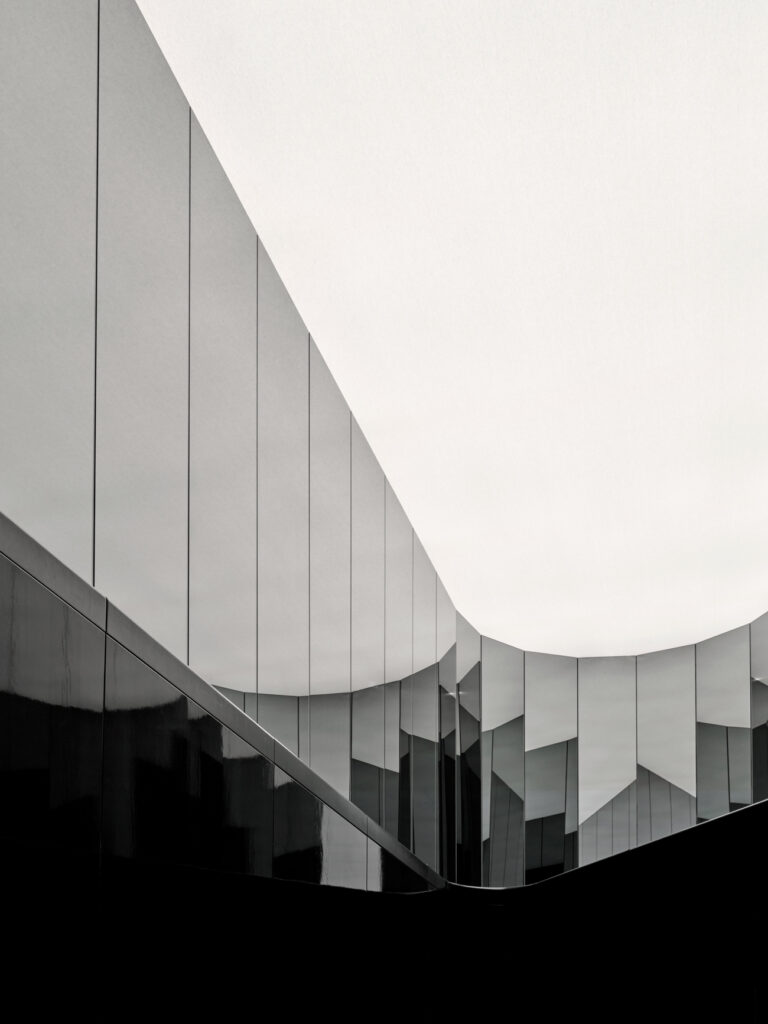
About Gabrielle Chanel
Gabrielle Chanel paved the way for a revolutionary new kind of femininity through her work, the legacy of which continues to inspire and influence the way we dress today. By creating clothes she wanted to wear, Chanel was able to anticipate the wants and needs of the modern, more independent, 20th-century woman – as seen through her now iconic use of tweed jackets and tailored trousers.
“As one of the most successful fashion houses in existence, Chanel owes much to the templates first laid down by its founder Gabrielle Chanel, over a century ago,” Tristram Hunt, director of the V&A, said when the exhibition was first announced. “We are delighted to be partnering with Chanel and the Palais Galliera on this exhibition, which provides us with the opportunity to explore the origins and elements of this enduring style and to display little-known historic Chanel garments from the V&A collection.”

Exhibition Design
Spatially, the exhibition has been split into ten themed sections, which explore Chanel’s innovative approach to fabric, silhouette, and construction. There are plenty of well-known pieces on display, from the famous little black dress (LBD), the 2.55 handbag, and the much-loved tweed suit, to two-tone slingback heels and Chanel’s iconic debut perfume, N°5.
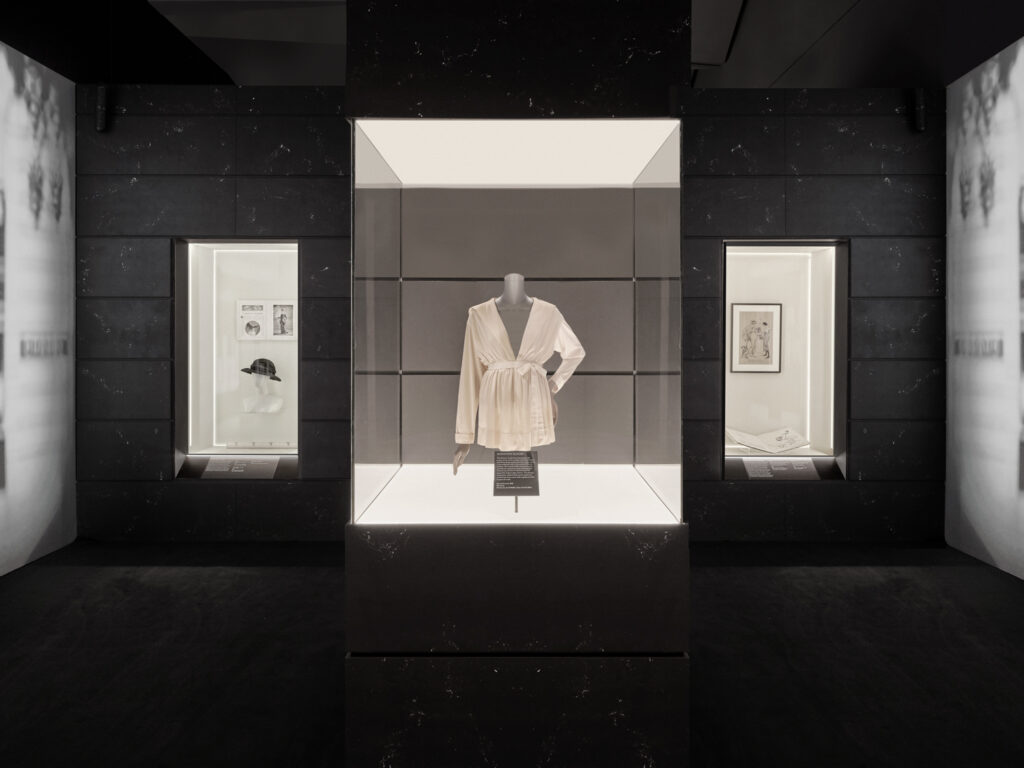
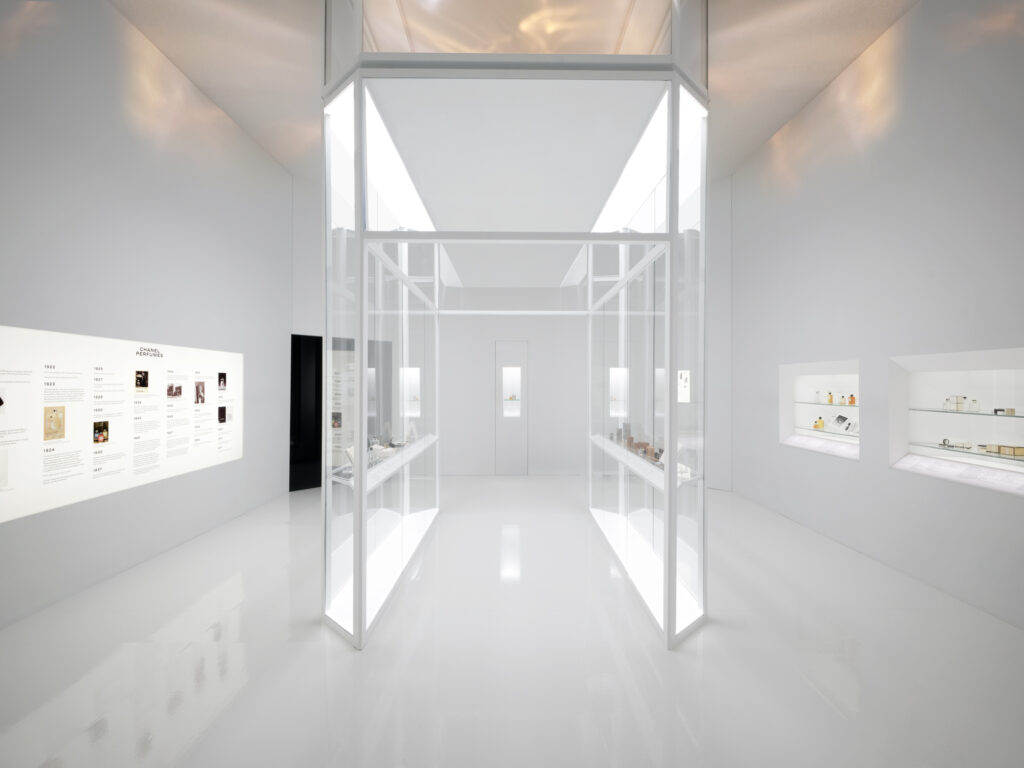
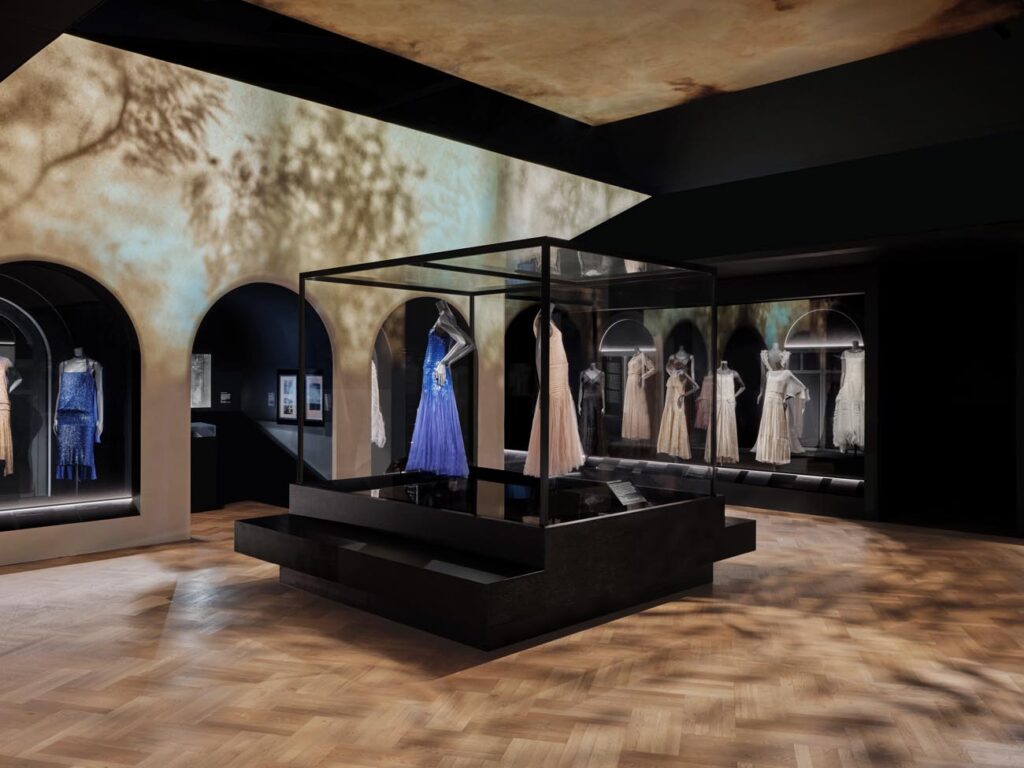
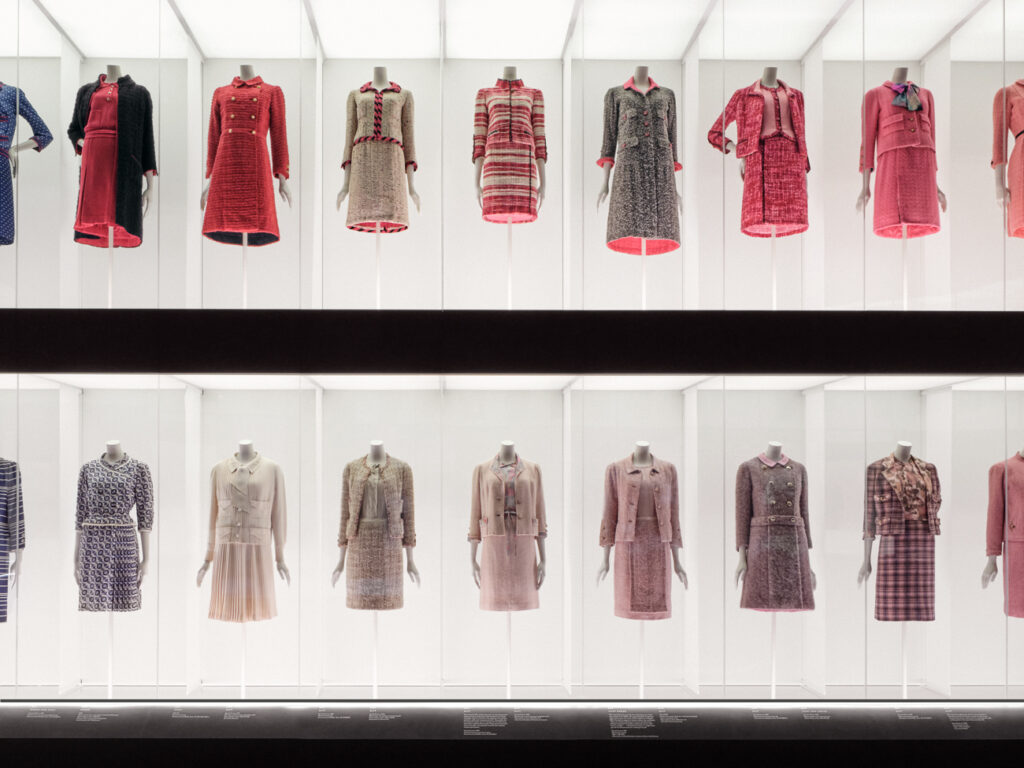
Exhibition designers Storey Studio looked to create a feeling of purity in line and proportion, along with a sense of timeless elegance, in their design approach. The individual spaces transport visitors to places Chanel frequented and lived, from the La Pausa villa on the Côte d’Azur to the iconic staircase at Rue Cambon, the location of Chanel’s boutique and haute couture salons, as well as her apartment. Chanel’s love of both opulence and restraint are embodied in a refined tonal palette throughout of beige, gold, white, and black, with luxurious shifts in surface texture speaking to her innovations in materiality; from the sheen of black lacquer to softness of beige canvas.
Lighting Design
The lighting design in this project was key to allowing visitors to appreciate the objects on display at close quarters, with their exquisite details, forms, textures and materiality.This had to be achieved using low conservation light levels, whilst the design also needed to create wider luminous and elegantly-layered lightscapes within the exhibition world they inhabit.
Studio ZNA Founder & Creative Director Zerlina Hughes
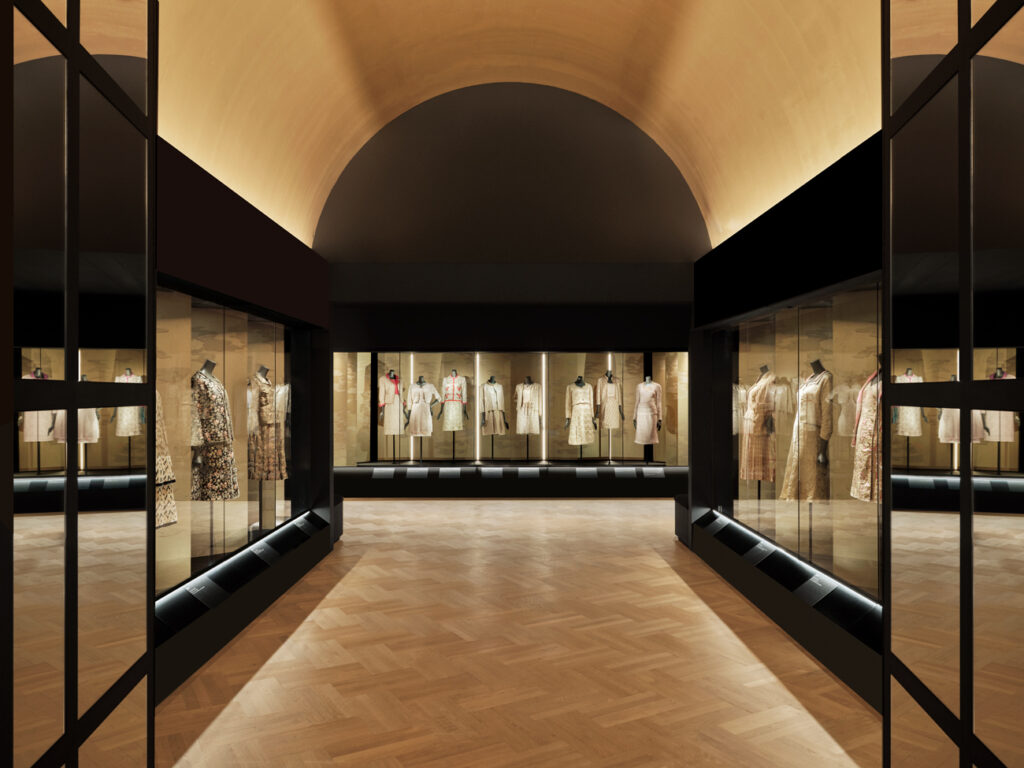

Inspired by Storey Studio’s approach, Studio ZNA proposed visitors should experience the objects under subtly shifting lighting qualities, moving through the sections from morning, noon, afternoon and dusk to night-time, in exterior and interior, rural and urban contexts. This treatment was at times abstracted – in the entrance sequences, for example, with fresh crisp morning light, or in The Perfume Room at the end, where Studio ZNA created the effect of beams of light passing through a gold liquid perfume bottle.
The rotating, glowing light in The Perfume Room, which has its structure within the exhibition space, is one of the stand-out lighting features in the exhibition, along with the bespoke, abstracted chandelier in the eveningwear area, where the Rue Cambon staircase has also been re-created. Light moves constantly across the stairs at the exact tempo of a film, projected onto the panels alongside and above the stairs, which feature archive footage of Chanel herself. Another area where the lighting had to be just right was the eye-catching double-height vitrine showcase, where Chanel’s classic evolutions of her lightweight tweed suit are displayed. The showcases are lined in a soft, white fabric, with the lighting adding a dynamic luminosity, whilst not in any way fighting with the garments themselves, the real stars of the show.

The object-rich exhibition required careful choreography and we worked with the exhibition designers to create an exciting and varied visual journey throughout the show. We used light to introduce a dynamism to the display with the integrated use of AV to synchronise sequenced moments that ranged from subtle evocation to full fashion drama.
Zerlina Hughes
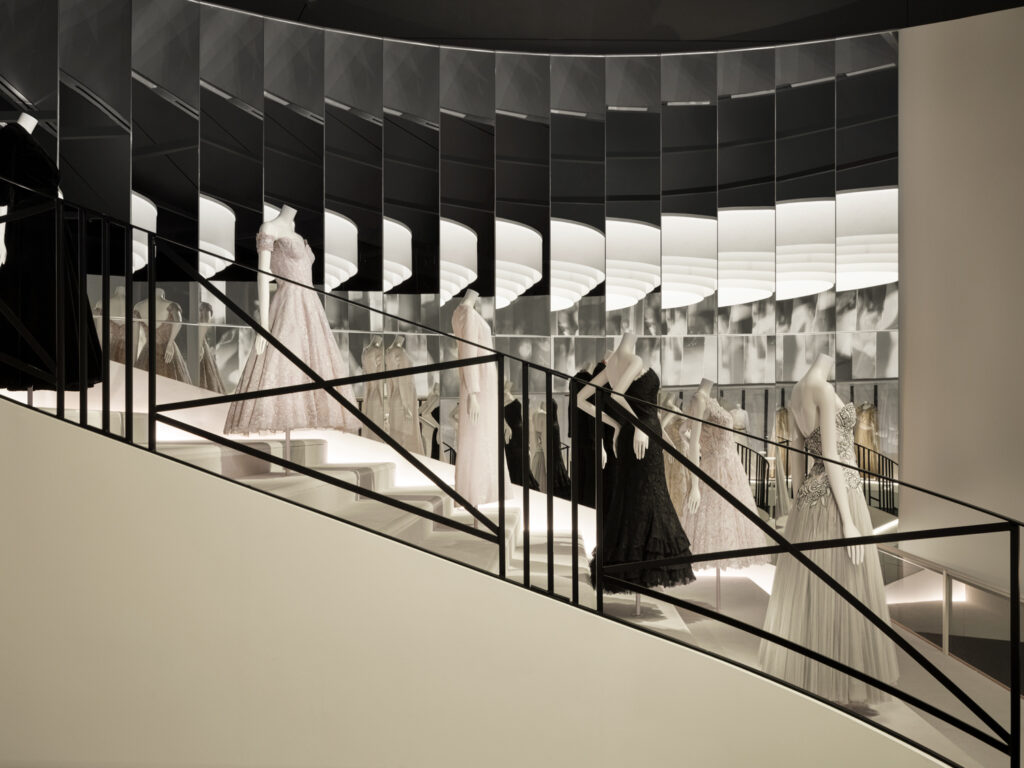
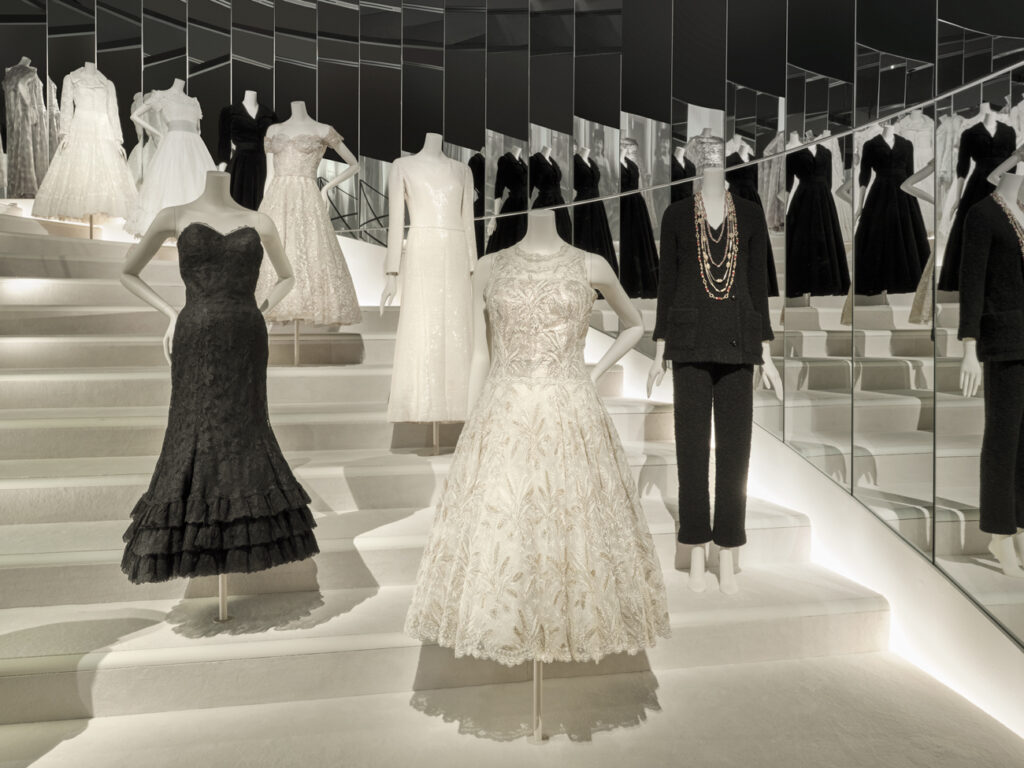
Photographer: Thomas Adank
PROJECT CREDITS:
V&A Exhibition Curator: Oriole Cullen
V&A Exhibition Project Curators: Connie Karol Burks & Stephanie Wood
Exhibition Design: Storey Studio
Lighting Design: Studio ZNA (Zerlina Hughes and Saumya Monga)
Graphic Design: The Bon Ton
AV Software Production: Luke Halls Studio
Sound Design: Coda to Coda
Contractor: Setworks
AV Hardware: Blue Elephant
Graphics Production: Omni Graphics
Technical Project Management
and Quantity Surveyor: Focus Consultants







